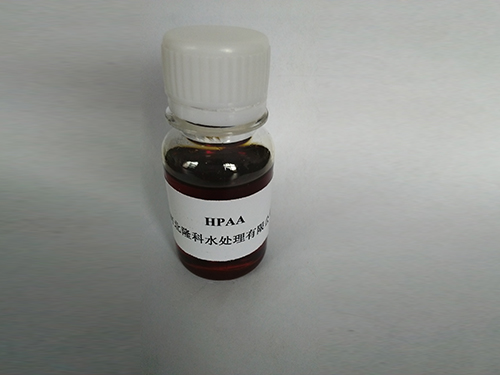cl+ me isothiazolinone
Understanding CL+ ME Isothiazolinone Uses, Concerns, and Alternatives
Introduction
CL+ ME Isothiazolinone, commonly referred to in the cosmetic and chemical sectors, is a blend of two powerful biocides Chloromethylisothiazolinone (CMI) and Methylisothiazolinone (MIT). Together, they serve as effective preservatives and are widely used in various personal care products, household cleaners, and industrial applications to prevent microbial growth. However, growing concerns about their safety, potential skin sensitization, and environmental impact have led to increased scrutiny and regulatory actions. This article delves into the uses of CL+ ME Isothiazolinone, its associated risks, and possible alternatives.
Uses of CL+ ME Isothiazolinone
The primary function of CL+ ME Isothiazolinone is to inhibit the growth of bacteria, fungi, and algae, thereby extending the shelf life of products. It is commonly found in
1. Cosmetic Products The compound is present in shampoos, conditioners, lotions, and makeup, where it prevents microbial contamination and ensures product safety. 2. Household Cleaners Many surface cleaners, laundry detergents, and dishwashing liquids contain these isothiazolinones to maintain hygiene and stability.
3. Industrial Applications In the industrial sector, CL+ ME Isothiazolinone is utilized in paints, adhesives, and cooling systems as a biocide to extend the life of the products and maintain efficiency.
Health Concerns
Despite its efficacy, the use of CL+ ME Isothiazolinone has raised significant concerns regarding health safety. The most prominent issue is skin sensitization; studies have shown that these compounds can cause allergic reactions for some individuals. In particular, exposure can lead to contact dermatitis, a condition characterized by red, itchy, and inflamed skin. Sensitivities can develop with repeated exposure, making it a cause for concern for consumers and manufacturers alike.
In recent years, regulatory agencies in several countries, including the European Union, have taken steps to limit the concentration of these compounds in consumer products. As a result, brands have begun reformulating their products to comply with new regulations and address consumer safety concerns.
cl+ me isothiazolinone

Environmental Impact
Another pressing issue surrounding CL+ ME Isothiazolinone is its environmental impact. When discharged into water bodies, these chemicals can harm aquatic ecosystems, contributing to toxicity in fish and other marine life. Their persistent nature in the environment raises alarms about bioaccumulation, leading to long-term ecological consequences. As consumers become more environmentally conscious, the demand for sustainable and biodegradable alternatives is increasing.
Alternatives to CL+ ME Isothiazolinone
In response to these health and environmental concerns, many companies are exploring safer alternatives to CL+ ME Isothiazolinone. Some potential substitutes include
1. Natural Preservatives Ingredients such as rosemary extract, tea tree oil, and grapefruit seed extract possess antimicrobial properties and are considered safer options for personal care products.
2. Organic Acids Compounds like sorbic acid and benzoic acid are effective in preventing microbial growth and are recognized as generally safe for use in cosmetics and food.
3. Phenoxyethanol This synthetic preservative is considered a safer alternative to more controversial preservatives and is widely used in cosmetic formulations.
4. Essential Oils Certain essential oils, such as lavender or eucalyptus, not only impart beneficial properties but can also help in preserving products.
Conclusion
While CL+ ME Isothiazolinone has proven to be an effective preservative, its safety concerns and environmental implications necessitate a careful examination of its use in consumer products. As awareness grows, both consumers and manufacturers are leaning towards alternative solutions that prioritize health and sustainability. The shift towards safer and more eco-friendly preservatives marks a positive trend in the personal care industry, aligning product formulation with modern-day consumer values and regulatory demands. Ultimately, informed choices pave the way for safer products and a healthier planet.
-
The Ultimate Guide to Flocculants: Transforming Water TreatmentNewsNov.01,2024
-
Improve Your Water Treatment Solutions with PolyacrylamideNewsNov.01,2024
-
Enhance Your Water TreatmentNewsNov.01,2024
-
Empower You to Achieve the Highest Standards of Water QualityNewsNov.01,2024
-
Effective Scale InhibitorsNewsNov.01,2024
-
Discover the Power of Poly Aluminum Chloride in Water TreatmentNewsNov.01,2024





